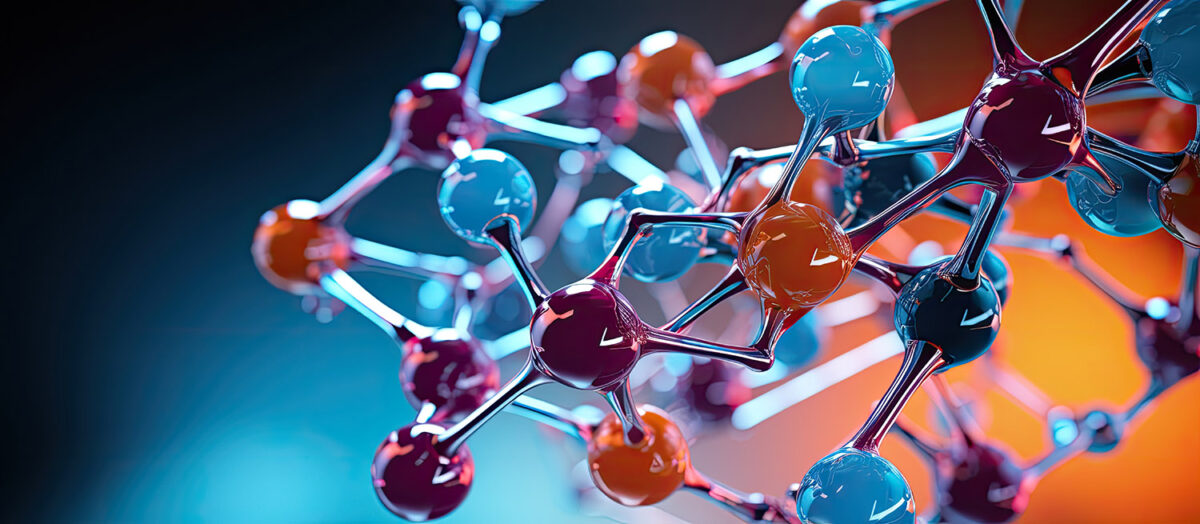NAFION: Production, Advantages, and Future Challenges

NAFION, a remarkable polymer crafted by the Chemours Company, earns widespread acclaim for its exceptional properties and versatile applications across various industries.
As a member of the PFAS family, its distinct chemical structure sets it apart, underpinning its crucial role in main technologies. This unique composition not only distinguishes it but also underscores its indispensable significance in driving advancements across multiple sectors.
You can also read How Fuel Cells and NAFION Reshape the Automotive Landscape
Manufacturing Process and NAFION’s Advantages
The production of NAFION commences with precise polymerization of tetrafluoroethylene (TFE) and perfluoro alkyl vinyl ether (PAVE), establishing a robust base polymer with carbon-fluorine bonds. Subsequent sulfonation, involving sulfuric acid introduction, enhances its ion-exchange properties, resulting in a thin film renowned for its proton-conducting capabilities. NAFION’s merits span diverse industrial sectors, excelling in fuel cells due to its high proton conductivity, chemical stability, and mechanical durability. Additionally, its chemical resistance finds utility in chemical processing and membrane technologies. While contributing to cleaner water treatment and enhancing electrochemical sensors.
NAFION’s Benefits and Environmental Impact
Despite its industrial advantages, NAFION’s PFAS classification warrants scrutiny due to its persistent environmental presence, bioaccumulation risks, and associated health hazards. Its stability contributes to long-term ecosystem contamination and poses human health risks through food chain bioaccumulation. Regulatory challenges and costly remediation efforts exacerbate these concerns, necessitating responsible usage and proactive mitigation measures.
Challenges and Pursuit of PFAS-Free Alternatives
The industry confronts the dilemma of PFAS once more, as finding substitutes with comparable properties proves challenging. Nonetheless, ongoing research endeavors aim to unveil PFAS-free materials such as borate-reinforced sulfonated graphene oxide (BSGO), sulfonated graphene oxide (SGO), or graphene oxide-naphthalene sulfonate (GONS). Some studies suggest that its ion exchange capacity and proton conductivity are superior to those of NAFION. However, the mechanical properties are not yet the most suitable for this type of application. Even so, these innovations offer hope for PFAS-free alternatives, signaling a promising future.
